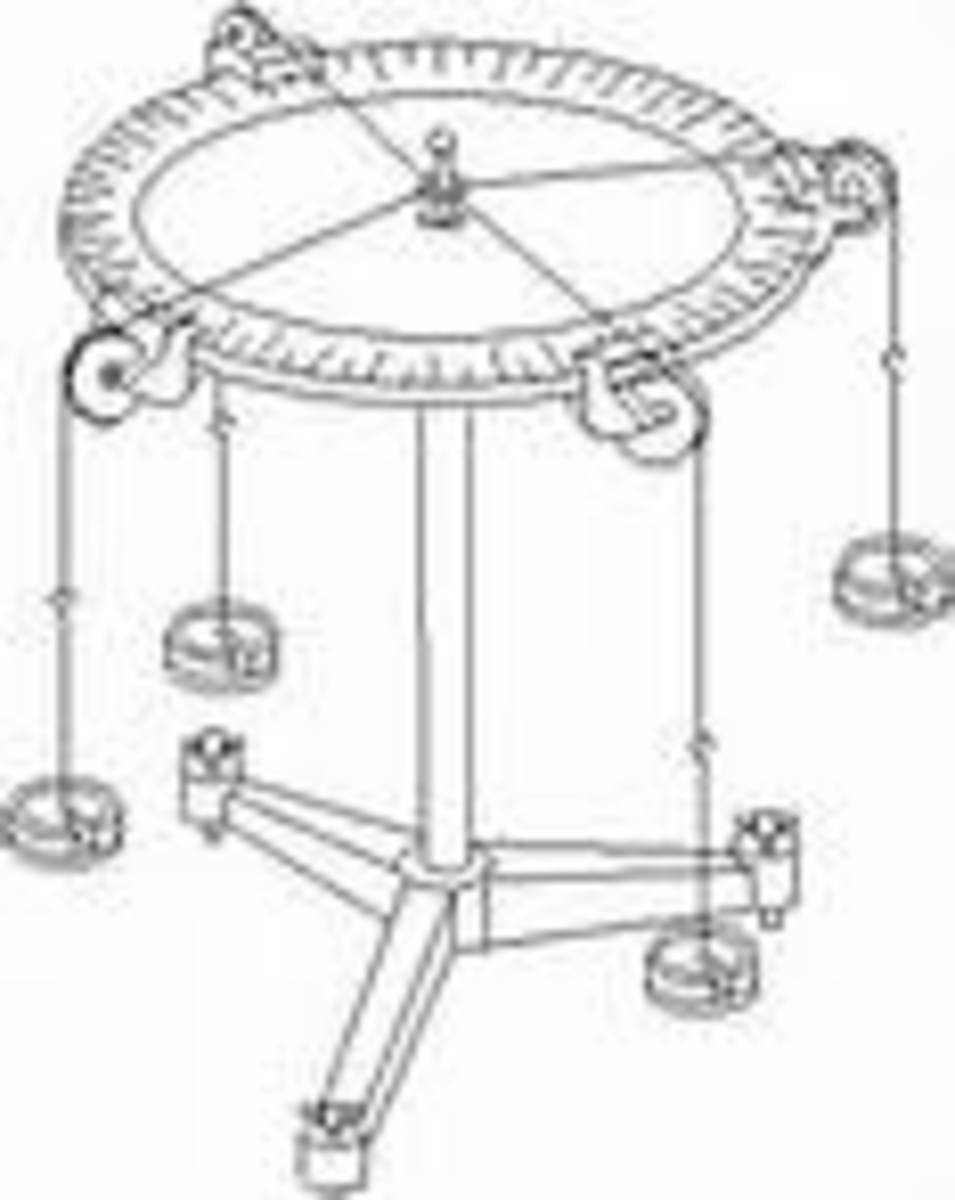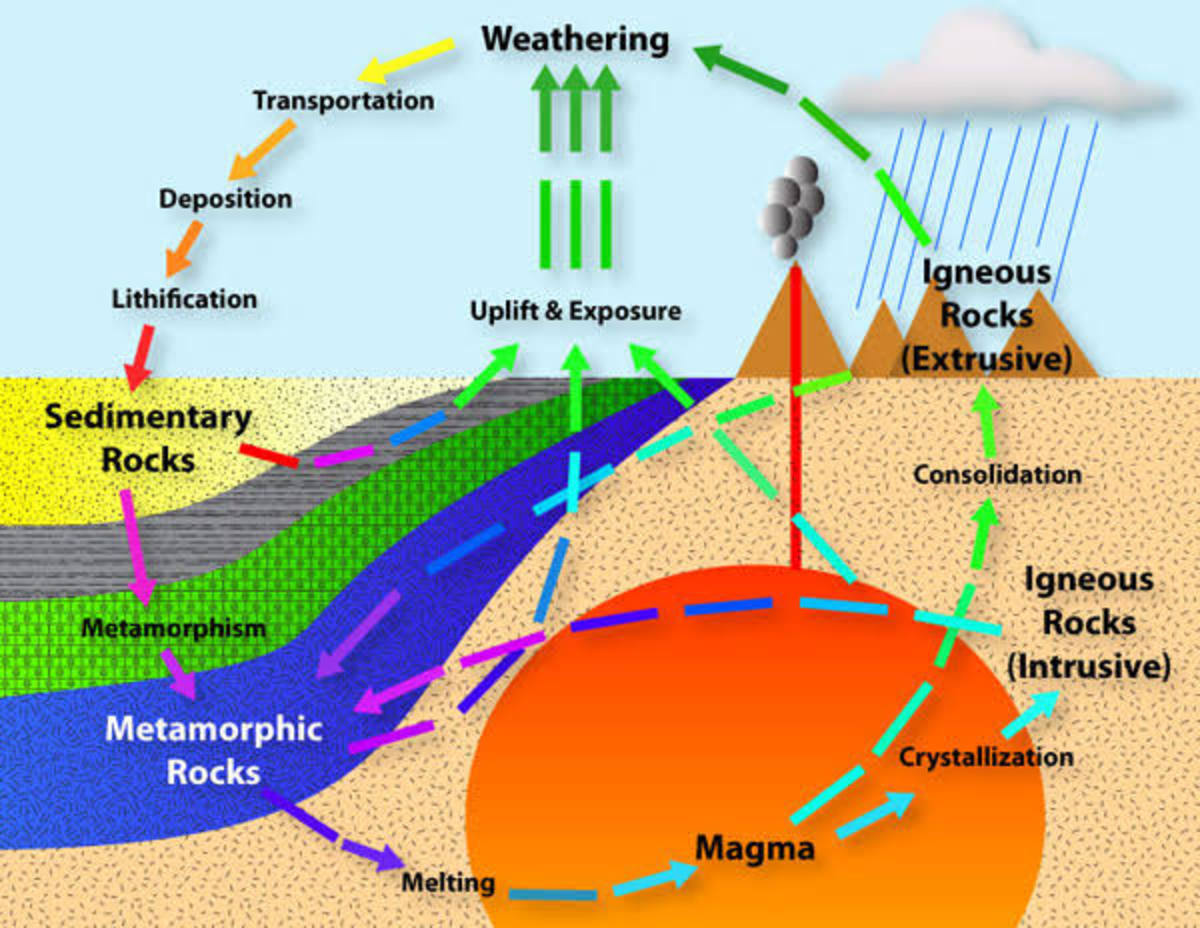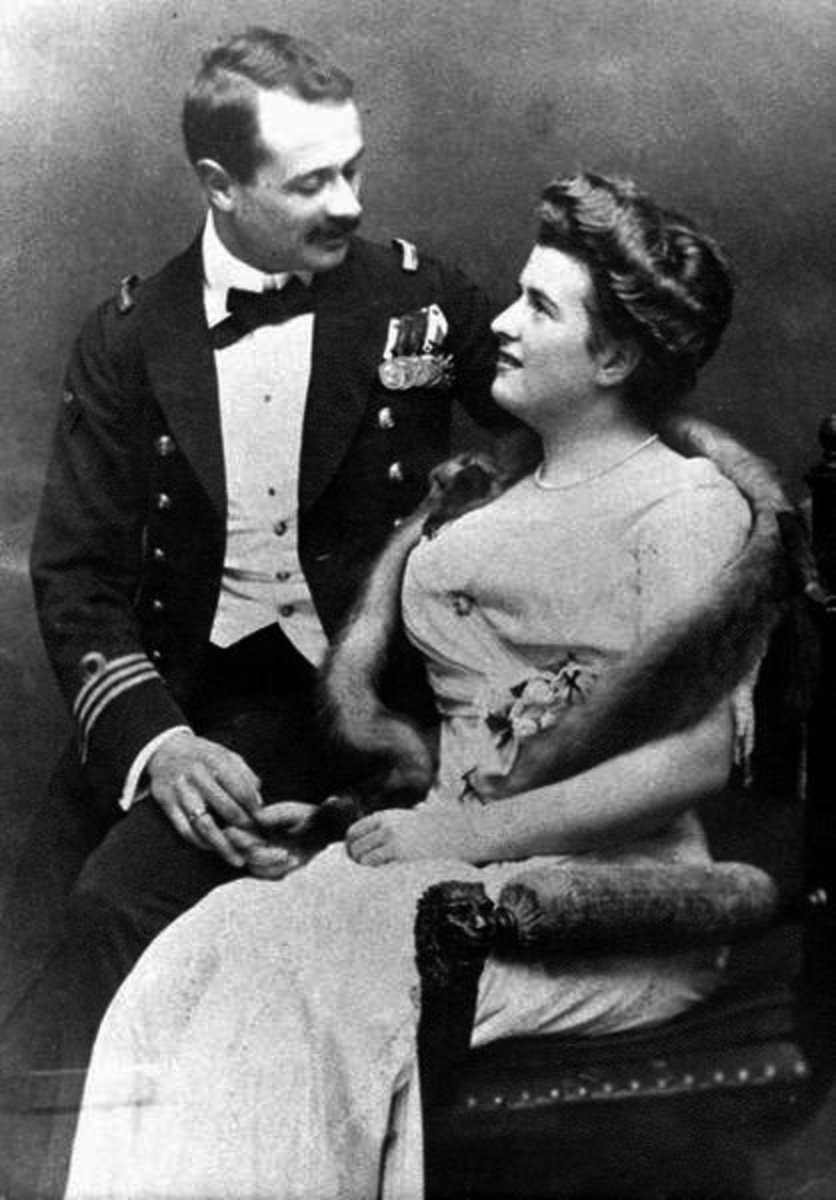4 math Tricks to Bow your Mind
4 Math Tricks to Blow your Mind
Exploring number behavior while multiplying by 9’s, recurring decimals, subtraction by addition and orally finding the squares of numbers ending in 25.
Vedic mathematics is all about simplicity. The aim of Vedic mathematics is to provide single line answers for excessively complex computations. Even though the vedic maths process for these computations is a little more intricate than the “school method”, as one gets a knack for it, it becomes a child’s play. So, instead of doing lengthy, time-consuming and boring computations at an elephantine pace, lets explore these four mind blowing vedic mathematics’ tricks!
Square of 9 9 9 9 9 9 9 9 9 9 9 9 9 9 orally?
Is it possible to find the square of 9 9 9 9 9 9 9 9 9 9 9 9 9 9 in less than 10 seconds and using a single line or orally? I highly recommend that you try this! So, get set go!
I hope you have tried to perform this computation by hand. For those who tried to do this using a calculator, I am sorry to say but, no normal calculator can provide an answer for this question with the accuracy that the vedic mathematics’ method provides. By the way the answer is 9 9 9 9 9 9 9 9 9 9 9 9 9 8 0 0 0 0 0 0 0 0 0 0 0 0 0 1.
With the vedic mathematics’ method, one can compute this within a fraction of a second, that too orally. To perform this calculation, one must have knowledge about certain topics, and they are-
Nikhil
One less than one before
Follow these guidelines to calculate the square of this number and amaze your peers!
The number of digits in the square would be equal to twice the number of digits in the number whose square you are finding (For this specific example, there are 14 digits in the number. The square would therefore contain 28 digits!).
Write the number before the number whose square you are trying to find. This would be the first (left most) part of the square. Place an oblique sign next to it.
9 9 9 9 9 9 9 9 9 9 9 9 9 9
X 9 9 9 9 9 9 9 9 9 9 9 9 9 9
_____________________________
9 9 9 9 9 9 9 9 9 9 9 9 9 8 /
3. Next, write the Nikhil of the number on the other side of the number.This would be the right most and the final part of the answer.
9 9 9 9 9 9 9 9 9 9 9 9 9 9
X 9 9 9 9 9 9 9 9 9 9 9 9 9 9
_____________________________
9 9 9 9 9 9 9 9 9 9 9 9 9 8 / 0 0 0 0 0 0 0 0 0 0 0 0 0 1
And you have your answer! Short, sweet and simple.
Moreover, this technique can work even if you multiply 987654321 and 999999999. The method remains the same. The only requirement is that one of the numbers being multiplied should be 9, 99, 999…. and the number of 9’s should be equal to the number of digits in the other number.
Proof-
when multiplying 987654321 and 999999999, 999999999 can be written as
1000000000 - 1
The multiplication becomes (987654321)(1000000000 - 1)
Hence, the first part becomes the number before the original number and the second part becomes 1000000000 - 987654321
This is also the Nikhilesh - original number = Nikhil of the number
The people who really understand this process, would immediately as the question, what about the cases when the number of nines is more than the number of digits in the other number? Or the exactly opposite case? Well for that, you would need to continue reading this book…
Finding recurring decimals in one line
If you need to find the recurring decimal for 1/19, with the “school method”, you would need to perform 18 nasty operations, and it would look something like this -
0 . 0 5 2 6 3 1 5 7 8 9 4 7 3 6 8 4 2 1
____________________________________________
19 | 1
- 0
____________________________________________
100
- 95
____________________________________________
50
- 38
____________________________________________
120
- 114
____________________________________________
60
- 57
____________________________________________
30
- 19
____________________________________________
110
- 95
____________________________________________
150
- 133
____________________________________________
170
- 152
____________________________________________
180
- 171
____________________________________________
90
- 76
____________________________________________
140
- 133
____________________________________________
70
- 57
____________________________________________
130
- 114
____________________________________________
160
- 152
____________________________________________
80
- 76
____________________________________________
40
- 38
____________________________________________
20
- 19
____________________________________________
1
___________________________
So, 1 / 19 = 0 . 0 5 2 6 3 1 5 7 8 9 4 7 3 6 8 4 2 1
The vedic method again cuts the mustard here. This method is the real gem of vedic maths, because-
you only have to perform half of the computations. The other half is done for you.
Moreover, it requires a single line to perform this computation as compared to the school method which requires an entire page and half.
Vedic method utilizes addition and multiplication to find the recurring decimal. Division and subtraction are not utilized at all.
To use the vedic method to solve this problem, one must have a lucid understanding of the following topics-
Auxiliary fraction (refer to “Understanding Key Concepts”)
Number of recurring digits. (Denominator - Numerator)
Follow these guidelines to acquire the recurring decimal-
Find the auxiliary fraction of the given fraction.
1 / 19 = 0.1 / 2
2. Find how many digits are there in the recurring part
Denominator - Numerator = 19 - 1 = 18
3. Make a rough table accordingly. You do not have to do all these steps once you acquire proficiency in the method. You can then directly skip from step 1 to step 4.
The current numbers represent the place of the digits in the answer.
4. Place the digit after the decimal in the second row under column number 9. If it is equal to or greater than 10, place the units digit in the box and carry over the tens place in the next box
5. Multiply the digit in the 9th column and 2nd row by the denominator of the auxiliary fraction. Place the product in the abutting column. If greater than or equal to 10, carry over the tens place to the next column. Be sure to add any carry overs from the previous column.
6. Repeat step 5 until you have filled the 1st column. If there is any carry over here, you need not add it to the next digit. If you do not have a 9 in the 1st column then you did a computational error.
7. Subtract the number in the 9th column, 2nd row from 9 to get the number in the 9th column, 1st row. Follow the same procedure to acquire the remaining numbers in the 1st row.
You have your answer now! Place the decimal point, the first row the first part of the recurring decimal and the second row is the second part of the recurring decimal.
____________________________
So, 1 / 19 = 0 . 0 5 2 6 3 1 5 7 8 / 9 4 7 3 6 8 4 2 1
Subtraction by Addition?
Is it possible to perform subtraction by addition. If you said no, then you are wrong. Consider this example-
4 4 6 7 8 7 6 5
— 1 5 0 4 6 6 4 1
_____________________________
Now, can you perform this computation by addition? YES!
One must have a lucid understanding of the Nikhil to perform this subtraction computation by addition. Follow these guiltiness to perform the computation by addition-
Find the Nikhil of the negative number and place an “*” next to it (to indicate that it is the nikhil)
4 4 6 7 8 7 6 5
— 1 5 0 4 6 6 4 1
*8 4 9 5 3 3 5 9
_____________________________
2. Add the Nikhil and the original positive number (whose nikhil was not found). The negative number is not needed anymore. If it is equal to or greater than 10, place the units digit in the box and carry over the tens place in the next box
4 4 6 7 8 7 6 5
— 1 5 0 4 6 6 4 1
*8 4 9 5 3 3 5 9
_____________________________
1 2 9 6 3 2 1 2 4
3. Because we found the nikhil of a single number, cut the 1 in the starting of the sum. Coincidentally, if we found two nikhils (when there are two negatives), we would end up with 2 in the beginning of the sum.
So, the answer to 4 4 6 7 8 7 6 5 — 1 5 0 4 6 6 4 1 = 2 9 6 3 2 1 2 4
Square of 2 3 4 2 5
Is it possible to calculate the square of 23425 in one line? YES! With Vedic mathematics, even this is possible! And it is not only limited to this specific number. Any number ending in 25 can be squared in one line. Follow these guidelines to square any number ending with 25-
By putting an oblique sign separate the 25 from the rest of the number.
2 3 4 / 2 5
X 2 3 4 / 2 5
______________________
2. Find the square of 234 and add it to the half of 234 (even though this can be done orally using vedic mathematics, we do not have enough knowledge right now. We will learn more about squaring number later in the book). This is the first part of the answer.
2 3 4 / 2 5
X 2 3 4 / 2 5
______________________
234^2 + 234/2 /
3. Add 0625 in the end. This is your answer!
2 3 4 / 2 5
X 2 3 4 / 2 5
______________________
5 4 8 7 3 / 0 6 2 5
So, 2 3 4 2 5^2 = 5 4 8 7 3 0 6 2 5





